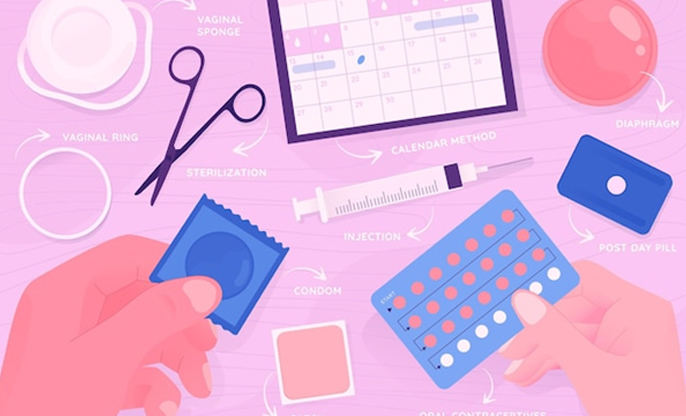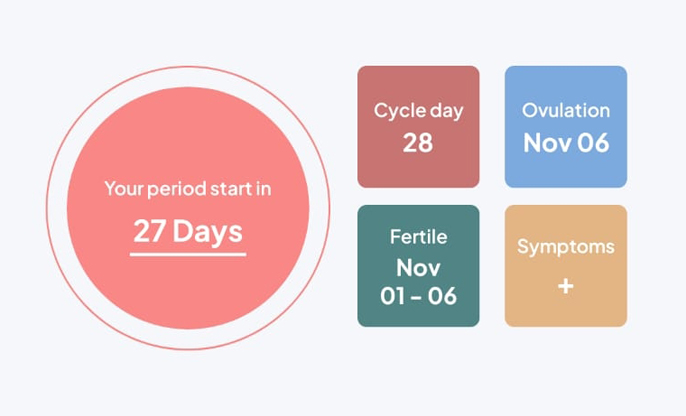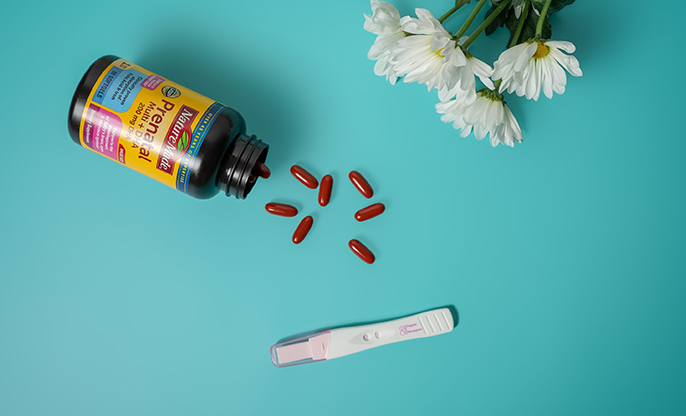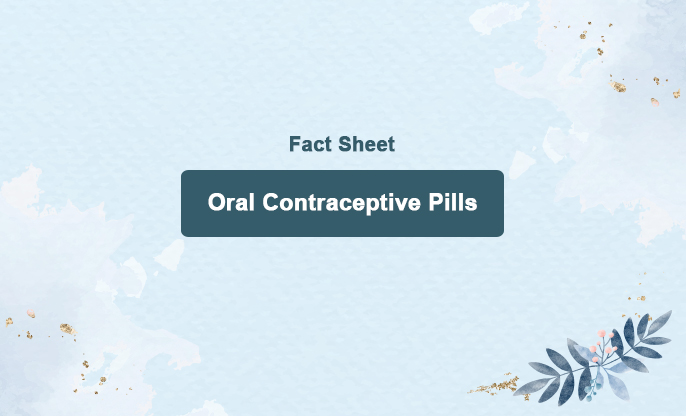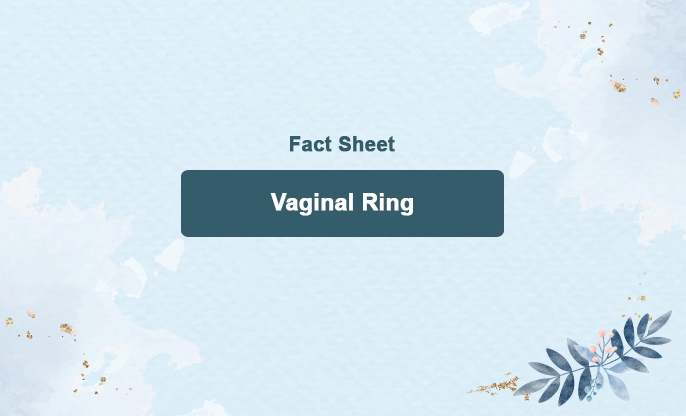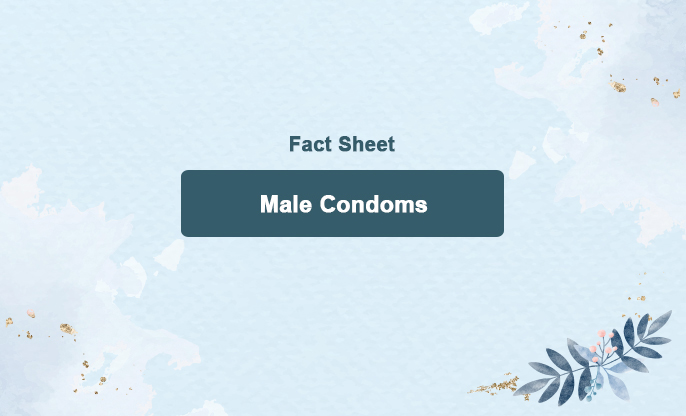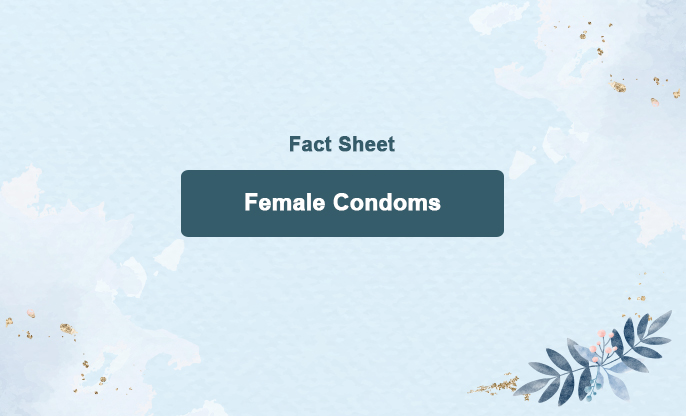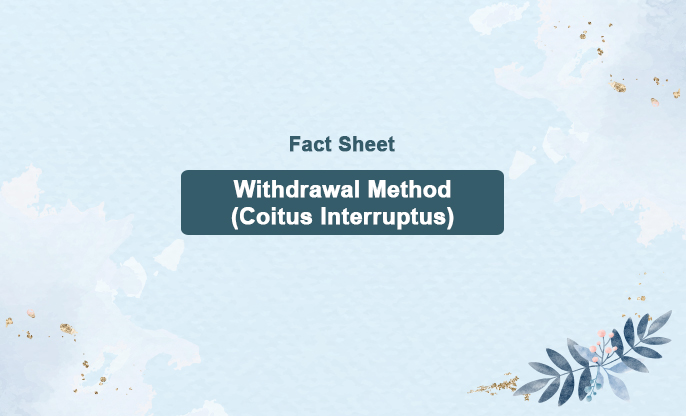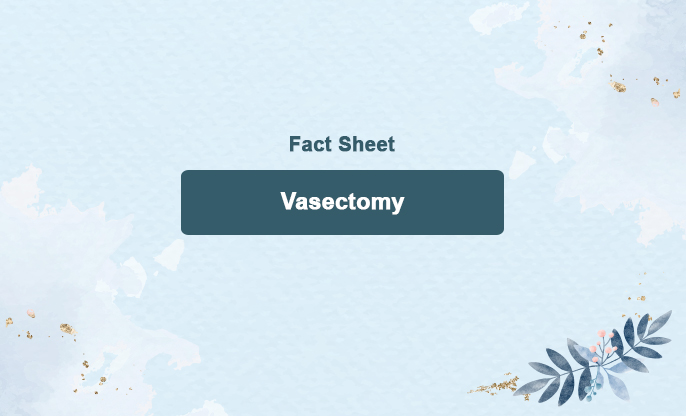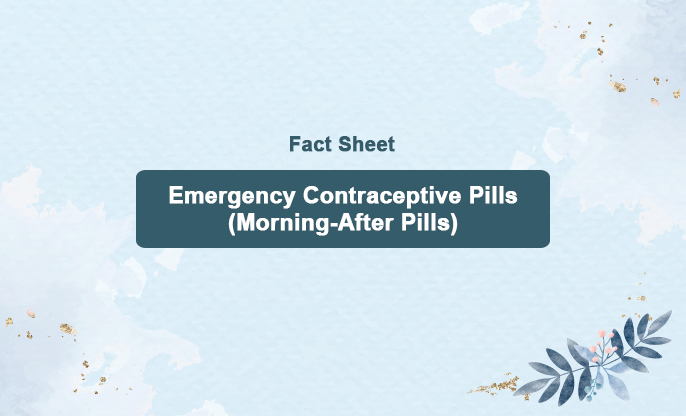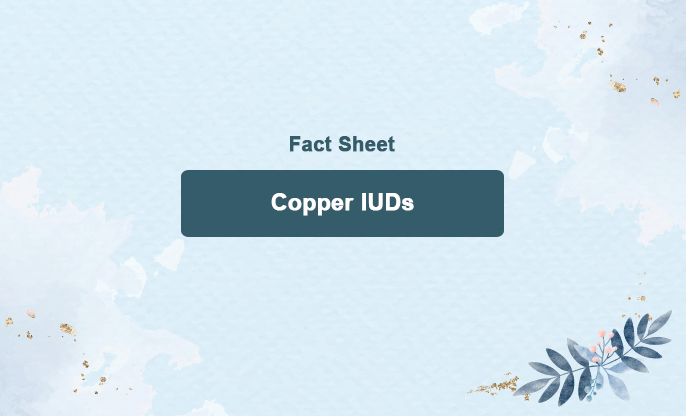
What is this?
Intrauterine devices (IUDs) are among the most effective contraceptive methods, with failure rates comparable to various sterilization techniques. IUDs offer numerous advantages, including high efficacy, ease of use, reversibility, and high patient satisfaction, particularly for those seeking long-term contraception and cost-effectiveness. This activity outlines the indications, contraindications, risks, and benefits associated with the placement and removal of IUDs.
Copper IUDs, on the other hand, do not contain hormones. They have a small amount of copper, which induces an immune response in the uterus, creating a hostile environment for sperm. Women using copper IUDs generally continue to have regular periods. Initially, these periods may be heavier, longer, or more crampy, especially in the first few months. However, for most women, these symptoms improve over time.
How does this work?
Intrauterine devices (IUDs) work by creating an environment that is inhospitable to sperm, thereby preventing fertilization and pregnancy.
These contain a small amount of copper, which is toxic to sperm.
The presence of copper triggers an inflammatory reaction in the uterus, creating a hostile environment for sperm and preventing them from fertilizing an egg.
The copper also affects the mobility and viability of sperm, reducing their ability to reach and fertilize an egg.
Efficacy:
It becomes effective immediately upon insertion and can last for 5 to 10 years, depending on the type and is more than 99% effective.
Usage duration recommended:
The duration of IUD usage depends on the type of IUD:
Copper IUD:
Paragard®: Effective for up to 10 years.
After the specified duration, the IUD should be removed and can be replaced with a new one if continued contraception is desired.

